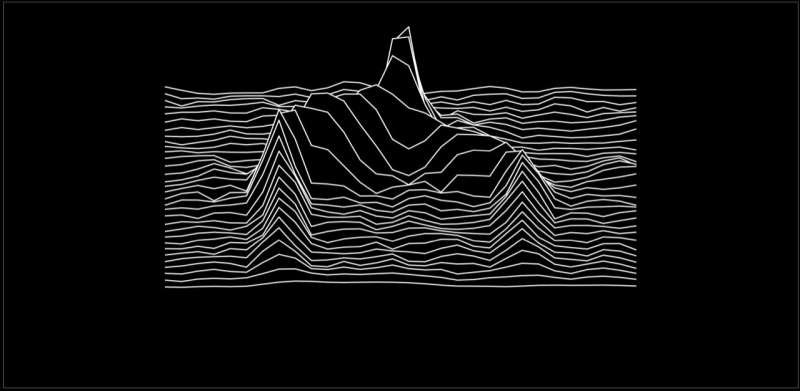Phys.org August 22, 2022
The pumping process can have topological origins, when considering the motion of quantum particles in spatially and temporally periodic potentials. However, the periodic evolution that drives these pumps has always been assumed to be imparted from outside. Researchers in Switzerland found an emergent mechanism for pumping in a quantum gas coupled to an optical resonator, where they observed a particle current without applying a periodic drive. The pumping potential experienced by the atoms is formed by the self-consistent cavity field interfering with the static laser field driving the atoms. The cavity field evolves between its two quadratures, each corresponding to a different centrosymmetric crystal configuration. This self-oscillation results in a time-periodic potential analogous to that describing the transport of electrons in topological tight-binding models. In the experiment, they followed the evolution by measuring the phase winding of the cavity field with respect to the driving field and observing the atomic motion in situ. The observed mechanism combined the dynamics of topological and open systems, and features characteristics of continuous dissipative time crystals…read more. TECHNICAL ARTICLE 1 2

Experimental frequency spectra of photons leaking from the cavity… Credit: ETH Zurich / Alexander Baumgärtner Credit: Nature volume 608, pages494–498 (2022)